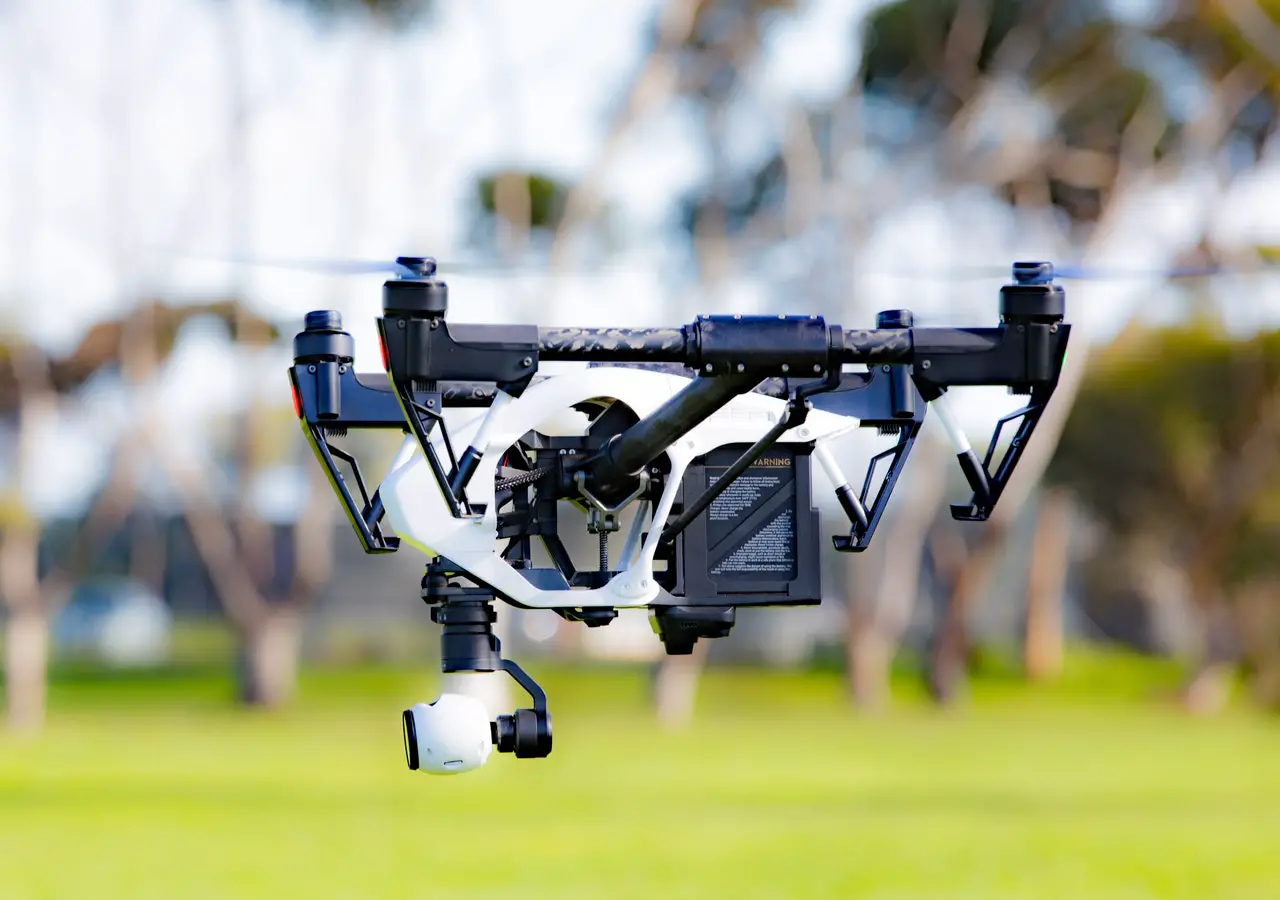
Without electricity, many modern defense operations would not work. For large scale operations such as the ongoing conflict in Syria and preparations at military and naval bases throughout the world, the latest, most efficient and most powerful defense tech is needed to get the job done. This would not be possible without reliable power supplies, but how?
Built to be both lightweight yet durable, the latest power supplies can be found in all kinds of military apparatus, from nuclear missiles to state-of-the-art aircraft. An example of this is in new technology for submarine antennas, as used in American, British and Australian naval craft. The new antennas are reliant on power supplies in order to work to their full potential.
Submarines are almost always at risk of being attacked by rival forces, so a power supply that remains intact even after intense shelling is essential. All forms of military transport need to have navigation systems that work in all circumstances too, which is where these supplies are in their element.
Safety First
Throughout the defense sector, power supplies that safely handle direct currents (DC) and alternating currents (AC) are a major component of many forms of technology. In hostile or remote environments such as war zones and deserts, they can work just as well as they would in less dangerous settings.
AC DC power supplies work by using electricity from an AC mains supply, then converting it to DC if one or more electrical devices need to run on DC power. It makes potentially volatile AC power safer through the use of transformers and, in some cases, rectifiers. For high-value vehicles like submarines, this can make a big difference in terms of safety.
Many of these power supplies are made with defense in mind. Some are built to be rugged, with a thick case to keep all of the wires, transformers and rectifiers in place. Despite that, many of them are small in size – some are no longer than one inch (25.4mm). For smaller defense gadgets and vehicles, this is really useful.
Drone Warfare
In future conflicts, drones are more than likely to be used to carry out a range of tasks. They have already been used in conflicts across the world by armed forces, but moves are being made to make them more effective. Earlier this month, it was revealed that the US military is working on squads of automated drones that would reduce costs and improve reliability.
A number of new drones will work thanks to the use of smaller AC DC power supplies. They will need to be charged via a mains connection from a military base or mobile generator that provides AC power. At a time when military personnel numbers are falling and automation is growing, the trend for drone use in conflict is set to continue.
Smaller external power supplies will play a role in running more humdrum tech such as smartphones and tablets. Made to operate in temperatures of up to 70℃, they can help to run these devices to both run and keep track of the location of drones and individual soldiers.










